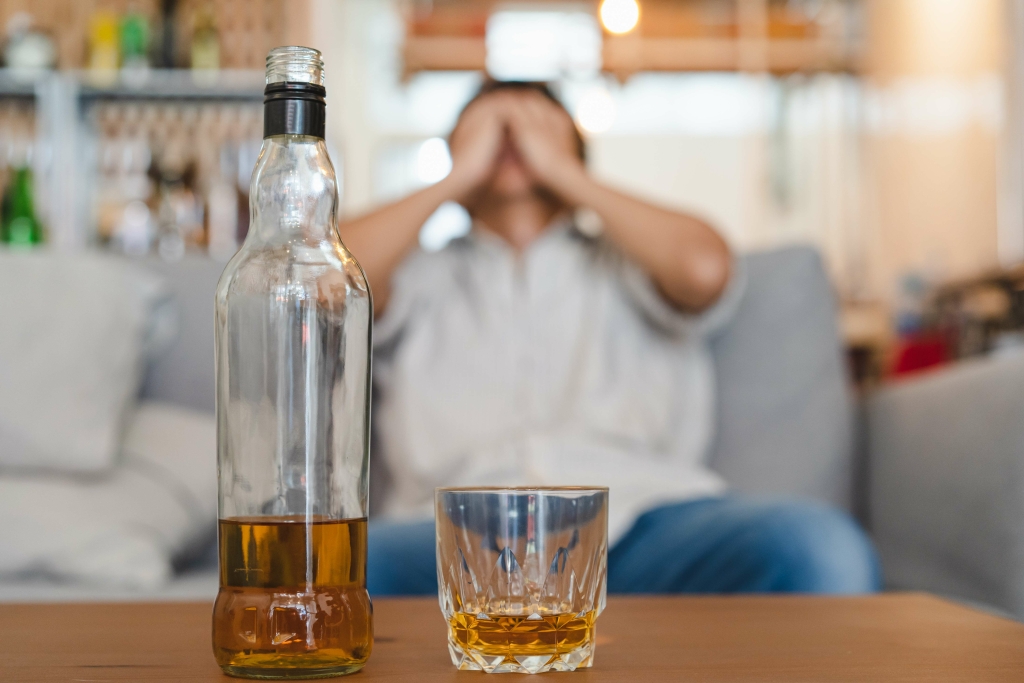During the recovery period, a person may experience a depressed mood and appetite, discomfort, and memory problems. Even after a person is released from hospital care, it can take up to a month for them to feel normal again. This stage can be very dangerous and even fatal if a person chokes on their vomit or becomes critically injured. At this stage, a person no longer responds to the things happening around or to them.
For example, the BAC level that causes an individual to blackout will remain roughly the same throughout their lifetime, no matter their drinking habits. Developing a tolerance can be especially dangerous because it can cause many people to underestimate how their consumption is affecting their BAC. At this stage, a man might have consumed three to five drinks in an hour, or two to four drinks for a woman. At this time, a person will begin to experience emotional instability and a significant loss of coordination.
BAC 0.30
Higher levels of testosterone can also mean higher levels of alcohol dehydrogenase, which is an enzyme that helps break down alcohol and lower your overall BAC. Once BAC increases above 0.06, there can be significant impairments to an individual’s reasoning, depth perception, light sensitivity, and peripheral vision. Emotional numbness and reduced pain sensitivity are also common.
The chart below shows your likely BAC based on the number of drinks you consumed. Blood Alcohol Content, or BAC, refers to the percentage of alcohol in a person’s bloodstream, and can be measured within minutes after drinking. Contrary to popular belief, nothing can lower BAC except time; coffee, cold showers, stages of alcohol intoxication and chugging glasses of water will not help you sober up any faster. Use our calculator to estimate, but don’t forget that everyone metabolizes alcohol (beer, wine, liquor) differently. Our calculator can give you an approximate BAC level, but do not rely upon it to determine if you’re fit to drive or work.
What should I expect during my blood alcohol content (BAC) test?
With no gag reflex, a person who drinks to the point of passing out is in danger of choking on their vomit and dying from a lack of oxygen (i.e., asphyxiation). Even if the person survives, an alcohol overdose like this can lead to long-lasting brain damage. Drinking too much and too quickly can lead to significant impairments in motor coordination, decision-making, impulse control, and other functions, increasing the risk of harm. Continuing to drink despite clear signs of significant impairments can result in an alcohol overdose. Neither BAC, nor the number of drinks consumed, are necessarily accurate indicators of the level of impairment. Tolerance to alcohol also varies from one person to another, and can be affected by such factors as genetics, adaptation to chronic alcohol use, and synergistic effects of drugs.
Alcohol (ethyl alcohol or ethanol) is the intoxicating ingredient found in beer, wine and liquor. When you drink a beverage that contains alcohol, your stomach and small intestines rapidly absorb the alcohol and enter it into your bloodstream. Alcohol is a toxin to your body, so your liver then metabolizes the alcohol to filter it out of your blood. Figure 2.7 Estimation of how the BAC and effects of alcohol correspond to the number of drinks consumed. In addition, the rate at which someone eliminates alcohol from his/her body is important.
Can You Be Allergic to Alcohol? Yes, Here’s What to Know About Alcohol Intolerance
There are various factors that can slow down your metabolism, including lack of sleep, lack of exercise, and high stress and anxiety. When your metabolism is slowed, your BAC will remain higher for longer. At this stage, the euphoria that some people seek when they first start to drink can become noticeable. Feelings of relaxation, talkativeness, and decreased inhibition can present themselves. The good news is that it’s possible to survive alcohol intoxication if appropriate medical treatment is given promptly.
- In its simplest form, calculating a person’s BAC level is based on how much alcohol went into what kind of body over a period of how much time.
- Understanding more about alcohol consumption can help you make the best choices when you drink.
- If a person has generally consumed two to three drinks as a man or one to two drinks as a woman in an hour, they’ll enter the euphoric stage of intoxication.
- Levels can range from 0% (no alcohol) to over 0.4% (a potentially fatal level).
After an episode of alcohol intoxication, it takes time to recover. The person will be hospitalized until their vital signs return to normal. This stage of intoxication is marked by emotional outbursts and a major loss of coordination.
However, if you drink excessive amounts of alcohol in a short amount of time and/or drink large amounts frequently, your health can be at risk. If you’re concerned about your drinking habits, reach out to your healthcare provider or a specialist. https://ecosoberhouse.com/ Together, you can come up with a plan to improve your habits and health. The timing of a BAC test can affect the accuracy of the results. A blood alcohol test is only accurate within six to 12 hours after your last alcohol-containing drink.
Blood alcohol concentration (BAC) is a commonly used measure of alcohol intoxication, also known as drunkenness. It is typically expressed as a percentage of alcohol per volume of blood. For example, in the United States (US), a BAC of 0.08 (0.08%) would translate to 0.08 grams of alcohol per 100 mL of blood. Contrary to popular belief, nothing can lower BAC except time; coffee, cold showers, and chugging glasses of water will not help you sober up any faster. Our calculator can give you an approximate BAC level, but do not rely upon it to determine if you’re fit to drive or work. The following charts show different blood alcohol levels based on sex, weight, and number of drinks.
If you’re wondering when alcohol becomes toxic to your system, a BAC of more than 0.40% can result in respiratory depression, coma, and even death. Determining when your alcohol level is too high depends on what you’re assessing it for. The symptoms of impairment can start as soon as you have a drink and may become worse the faster you drink. Many medications can have interactions with alcohol that impact BAC.

